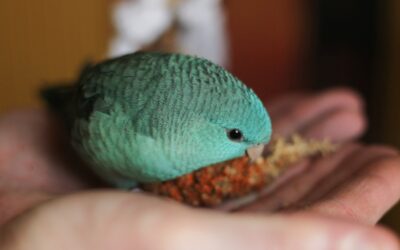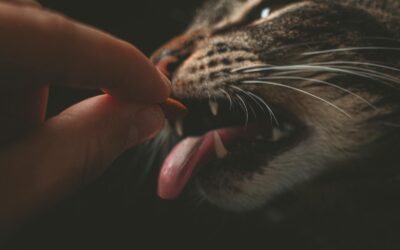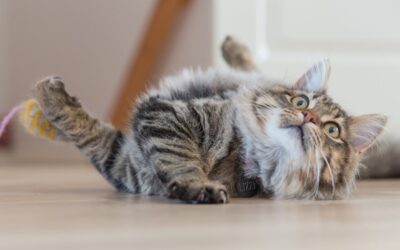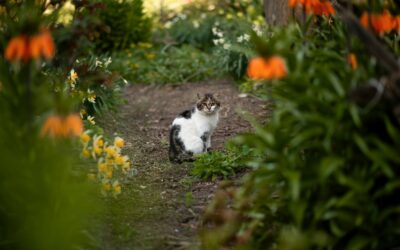Ever heard of the Astrex or curly haired rabbit? One of the rarest types of bunnies out there, you’re not likely to find these at your local pet store. Luckily, some breeders are trying to restore their numbers and bring them back into the spotlight!
Let’s have a look at everything you need to know about the unusual Astrex curly haired rabbit: origins, genetics, care and more.
Astrex: a curly haired rabbit
How sweet are these rabbits with velvety soft, curly fur?! You may have seen rabbit babies (kits) with curls before, but they almost always grow out of it as they mature. The Astrex, which occasionally pops up in litters of Rex rabbits (known for their unusual fur), harlequins and possibly a few other breeds, is the only type of domestic bunny that keeps its curly coat forever. It’s a bit similar to Rex cats, mice or even poodles!
Tip: Remember that you can’t really know for sure whether your rabbit is a true Astrex until it has passed adolescence. As mentioned earlier, curly haired rabbits can pop up in Rex litters, but most of them develop a smooth coat as they mature.
The BRC or British Rabbit Council, requires the following for an Astrex rabbit worthy of showing:
“1. Fur – To be dense and tightly curled over the whole surface of the body, free from projecting guard hairs. Ears, feet and tail to be well covered with plain fur.
2. Colour – Any recognised Rex Colour.
3. Type – Well proportioned and graceful carriage, the body sloping gently up to well rounded quarters set on strong hind legs. Medium bone. Head bold
and broad, ears erect and to be in proportion to body, dewlap should not be excessive, eyes and toenails should preferably match the body colour.
Weight Adult – 2.72-3.62kg (6-8lb)
FAULTS – Narrow wedge head, drooping ears, bare hocks (patches on hind feet being devoid of fur, but skin unbroken), barred feet, bare and thin
triangle, white hairs on coloured coats (not to be confused with ticking), lack of density. Adults outside the weight limits to be a fault, not a disqualification.
DISQUALIFICATIONS – Ill health, putty nose, white patches, crooked legs, excessive dewlap, sore hocks (where skin is broken or scabbed), specked, wall or odd coloured eyes.”
(From BRITISH RABBIT COUNCIL BREED STANDARDS 2021 – 2025.)
Did you know? Astrex is a rabbit fur type, not a rabbit breed. The curly hair shows up mostly in Rexes, though.
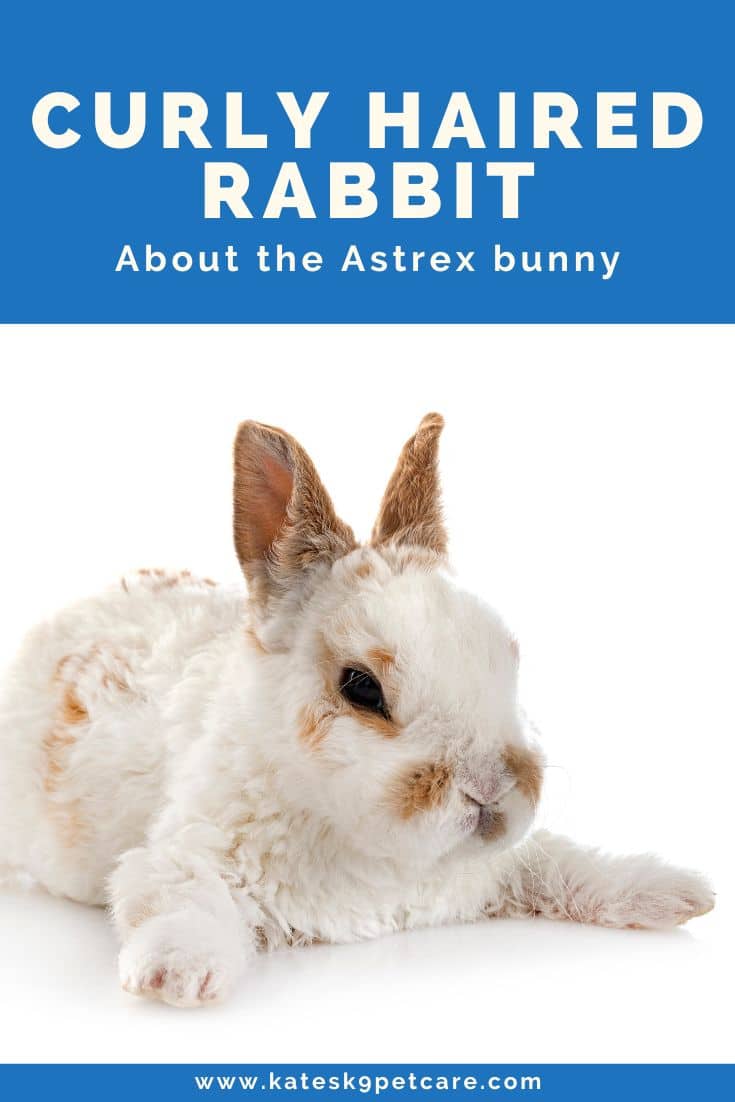
Curly haired rabbit genetics
A study published all the way back in 1941 first showed that the wavy hair seen in Astrex rabbits is the result of an autosomal (non-sex linked) monogenic (single gene) recessive (both parents need to have it to pass it on to the kits) genetic mutation that affects the guard hairs.
The gene responsible for curly haired rabbit coats later became known as the WAVE gene (or “wa”).
Curly haired rabbit history
The Astrex rabbit was apparently first described in 1925. It subsequently became quite popular, but then unfortunately practically vanished, seemingly only a few decades after popping up. It appears that most of the breeding stock was exported to the US from England for further development and things subsequently petered out. Health issues in the rabbits seems to have been one of the main reasons, along with the fact that it’s very difficult and time-consuming to establish a stable line that consistently throws curly bunnies.
The Astrex was considered pretty much extinct for a good while, and it wasn’t until recently that breeders began to work on trying to stabilize lines of curly haired rabbits again. Despite this, Astrexes are still quite uncommon. Heck, they don’t even have their own Wikipedia page! Still, there’s always a tiny chance you might get lucky and have one appear in a litter of regular Rexes. They also sometimes pop up in pet stores.
Unfortunately, as far as we can tell, the Astrex mutation still hasn’t been recognized by the American Rabbit Breeding Association (ARBA). It would probably help if they accepted this coat type, because until they do, breeders interested in showing are likely to cull any curly haired rabbit in their herd.
The British BRC, as mentioned earlier, is a different story: they recognize curly fur for harlequins and Rexes, plus as a separate category called the “rough-coated Rex”.
Issues with the Astrex rabbit
One of the most common issues with Astrex rabbits is that the kits tend to molt so fast that they occasionally go bald! This is completely innocent as long as you take care not to expose your bunny to cold, but it can obviously be a bit of a shock. No worries: the fur should grow back just fine. In fact, some Astrex lovers say it tends to grow in even curlier.
Aside from this, other common rabbit health issues do pop up with Astrexes from time to time. A lot of this is due to the fact that most curly haired rabbit lines are still quite new, so it’s not surprising for it to suffer some growing pains at first.
Sources


